The rapid development of VFAs allows investors to diversify their choices of investment products. In this paper, we measure the return risk of VFAs based on GARCH-type model. By establishing a Markov regime-switching Regression (MSR) Model, we explore the asymmetric effects of speculation, investor attention, and market interoperability on return risks in different risk regimes of VFAs. The results show that the influences of speculation and investor attention on the risks of VFAs are significantly positive at all regimes, while market interoperability only admits a positive impact on risk under high risk regime. All of the three factors exert asymmetric effects on risks in different regimes. Further study presents that the risk regime-switching also shows asymmetric characteristic but the medium risk regime is more stable than any others. Therefore, transactions of investors and arbitrageurs are monitored by certain policies, such as limiting the number of transactions or restricting the trading amount at high risk regime. However, when return risk is low, it will return to a medium level if we encourage investors to access.
1.
Introduction
In the present paper, we study the following coupled nonlinear wave equations (see [1])
where ut=∂u∂t,vt=∂v∂t, m,n>1, ∇ is the gradient operator, div is the divergence operator and fi(.,.):R2→R,i=1,2 are known functions. For arbitrary solutions of (1.1) and (1.2), the function ρ is supposed to satisfy one or the other of the two conditions:
A1). 0<ρ2(q2)q2≤m1˜ρ(q2),
or
A2). 0<1K1<ρ−1(q2)≤K2˜ρ(q2)1q2,
where ˜ρ(q2)=∫q20ρ(ζ)dζ, q2=|∇u|2,m1,K1,K2>0.
Quintanilla [2] imposed condition A1 and obtained the growth or decay estimates of the solution to the type Ⅲ heat conduction. The condition A1 can be satisfied easily, e.g., ρ(q2)=1√1+q2 or ρ(q2)=(1+bpq2)p−1,b>0,0<p≤1. The similar condition as A2 was also considered by many papers (see [3,4]). ρ(q2)=√1+q2 satisfies the condition A2.
In addition, we introduce a function F(u,v) which is defined as ∂F∂u=f1(u,v), ∂F∂v=f2(u,v), where F(0,0)=0.
The wave equations have attracted many attentions of scholars due to their wide application, and a large number of achievements have been made in the existence of solutions (see [1,5,6,7,8,9,10,11,12]). The fuzzy inference method is used to solve this problem. The algebraic formulation of fuzzy relation is studied in [13,14]. In this paper, we study the Phragmén-Lindelöf type alternative property of solutions of wave equations (1.1)–(1.2). It is proved that the solution of the equations either grows exponentially (polynomially) or decays exponentially (polynomially) when the space variable tends to infinite. In the case of decay, people usually expect a fast decay rate. The Phragmén-Lindelöf type alternative research on partial differential equations has lasted for a long time (see [2,15,16,17,18,19,20,21,22,23]).
It is worth emphasizing that Quintanilla [2] considered an exterior or cone-like region. Under some appropriate conditions, the growth/decay estimates of some parabolic problems are obtained. Inspired by [2], we extends the research of to the nonlinear wave model in this paper. However, different from [2], in addition to condition A1 and condition A2, we also consider a special condition of ρ. The appropriate energy function is established, and the nonlinear differential inequality about the energy function is derived. By solving this differential inequality, the Phragmén-Lindelöf type alternative results of the solution are obtained. Our model is much more complex than [2], so the methods used in [2] can not be applied to our model directly. Finally, a nonlinear system of viscoelastic type is also studied when the system is defined in an exterior or cone-like regions and the growth or decay rates are also obtained.
2.
The Phragmén-Lindelöf type alternative result under A1
Letting that Ω(r) denotes a cone-like region, i.e.,
and that B(r) denotes the exterior surface to the sphere, i.e.,
Equations (1.1) and (1.2) also have the following initial-boundary conditions
where g1 and g2 are positive known functions, x=(x1,x2,x3) and τ>0.
Now, we establish an energy function
Let r0 be a positive constant which satisfies r>r0≥R0. Integrating E(z,t) from r0 to r, using the divergence theorem and Eqs (1.1) and (1.2), (2.1) and (2.2), we have
from which it follows that
where ω is positive constant.
Now, we show how to bound E(r,t) by ∂∂rE(r,t). We use the Hölder inequality, the Young inequality and the condition A1 to have
and
Inserting (2.6) and (2.7) into (2.3) and combining (2.5), we have
We consider inequality (2.8) for two cases.
I. If ∃r0>R0 such that E(r0,t)≥0. From (2.5), we obtain E(r,t)≥E(r0,t)≥0,r≥r0. Therefore, from (2.8) we have
Integrating (2.9) from r0 to r, we have
Combing (2.4) and (2.10), we have
II. If ∀r>R0 such that E(r,t)<0. The inequality (2.8) can be rewritten as
Integrating (2.12) from r0 to r, we have
Inequality (2.13) shows that limr→∞[−E(r,t)]=0. Integrating (2.5) from r to ∞ and combining (2.13), we obtain
We summarize the above result as the following theorem.
Theorem 2.1. Let (u,v) be solution of the (1.1), (1.2), (2.1), (2.2) in Ω(R0), and ρ satisfies condition A1. Then for fixed t, (u,v) either grows exponentially or decays exponentially. Specifically, either (2.11) holds or (2.14) holds.
3.
The Phragmén-Lindelöf type alternative result under A2
If the function ρ satisfies the condition A2, we recompute the inequality (2.6) and (2.7). Therefore
and
Inserting (3.1) and (3.2) into (2.3) and combining (2.5), we have
By following a similar method to that used in Section 2, we can obtain the Phragmén-Lindelöf type alternative result.
Theorem 3.1. Let (u,v) be solution of the (1.1), (1.2), (2.1), (2.2) in Ω(R0), and ρ satisfies condition A1. Then for fixed t, (u,v) either grows exponentially or decays exponentially.
Remark 3.1. Clearly, the rates of growth or decay obtained in Theorems 2.1 and 3.1 depend on ω. Because ω can be chosen large enough, the rates of growth or decay of the solutions can become large as we want.
Remark 3.2. The analysis in Sections 2 and 3 can be adapted to the single-wave equation
and the heat conduction at low temperature
where a,b,c>0.
4.
The Phragmén-Lindelöf type alternative result when ρ(q2)=b1+b2q2β
In this section, we suppose that ρ satisfies ρ(q2)=b1+b2q2β, where b1,b2 and β are positive constants. Clearly, ρ(q2)=b1+b2q2β can not satisfy A1 or A2. In this case, we define an "energy" function
Computing as that in (2.4) and (2.5), we can get
and
Using the Hölder inequality and Young's inequality, we have
and
where we have chosen 12(β+1)>1n+1. Inserting (4.4) and (4.5) into (4.1), we obtain
where c1=√b1R0ω,c2=b2|2tπ|12(β+1)−1n+1R−ββ+1−2m+10,c3=b2|2tπ|12(β+1)−1n+1R−ββ+1−2n+10.
Next, we will analyze Eq (4.6) in two cases
I. If ∃r0≥R0 such that F(r0,t)≥0, then F(r,t)≥F(r0,t)≥0,r≥r0. Therefore, (4.6) can be rewritten as
Using Young's inequality, we have
Inserting (4.8) and (4.9) into (4.7), we have
where c4=c2(4β+34(β+1)+12(m+1))+c3(4β+34(β+1)+12(n+1)) and c5=c1+c2(14(β+1)−12(m+1))+c3(14(β+1)−12(n+1)). From (4.10) we have
or
Integrating (4.11) from r0 to r, we get
Dropping the third term on the left of (4.12), we have
where Q1(r0,t)=(√F(r0,t)c5+c244c25−c42c5)exp{−c42c5[√F(r0,t)c5+c244c25−c42c5]−1}.
In view of
we have from (4.13)
Combining (4.2) and (4.14), we have
II. If ∀r≥R0 such that F(r,t)<0, then (4.6) can be rewritten as
Without losing generality, we suppose that m>n>1.
Inserting (4.17) and (4.18) into (4.16), we get
where c6=[c1+c31n+1−1m+12β+12(β+1)−1m+1]2β(m+3)+4(2β+1)(m+2)+1+c32β+12(β+1)−1m+12β+12(β+1)−1m+1,c7=c3m+1−2(β+1)(2β+1)(m+2)+1. From (4.19) we obtain
or
Integrating (4.20) from R0 to r, we obtain
Dropping the first and fourth terms on the left of (4.21), we obtain
where Q2(R0,t)=2c7(12(β+1)−1m+1)c6(β2(β+1)+2m+1)[√−F(R0,t)c7+c264c27−c62c7]β2(β+1)+2m+12β+12(β+1)+1m+1 and c8=12(β+1)−1m+1c6(2β+12(β+1)+1m+1).
Squaring (4.22) we have
From (4.15) and (4.23) we can obtain the following theorem.
Theorem 4.1. Let (u,v) be the solution of (1.1), (1.2), (2.1) and (2.2) with ρ(q2)=b1+b2q2β, where 12(β+1)>max{1m+1,1n+1}. Then for fixed t, when r→∞, (u,v) either grows algebraically or decays logarithmically. The growth rate is at least as fast as z1c5 and the decay rate is at least as fast as (lnr)−2β+12(β+1)+1m+112(β+1)−1m+1.
Remark 4.1. Obviously, in this case of ρ(q2)=b1+b2q2β, the decay rate obtained by Theorem 4.1 is slower than that obtained by Theorem 2.1 and Theorem 3.1.
5.
A nonlinear system of viscoelastic type
In this section, we concern with a system of two coupled viscoelastic equations
which describes the interaction between two different fields arising in viscoelasticity. In (5.1) and (5.2), 0<t<T and h1,h2 are differentiable functions satisfying h1(0),h2(0)>0 and
Messaoudi and Tatar [24] considered the system (5.1) and (5.2) in a bounded domain and proved the uniform decay for the solution when t→∞. For more special cases, one can refer to [25,26,27]. They mainly concerned the well-posedness of the solutions and proved that the solutions decayed uniformly under some suitable conditions. However, the present paper extends the previous results to Eqs (5.1) and (5.2) in an exterior region. We consider Eqs (5.1) and (5.2) with the initial-boundary conditions (2.1) and (2.2) in Ω.
We define two functions
Integrating (5.5) from r0 to r and using (5.1), (5.2), (2.1), (2.2) and the divergence theorem, we have
From (5.7) it follows that
By the Young inequality and the Hölder inequality, we have
and
Inserting (5.9) and (5.10) into (5.8) and using (5.3), we have
Similar to (5.11), we also have for G_2(r, t)
If we define
then by (5.11) and (5.12) we have
On the other hand, we bound G(r, t) by \frac{\partial}{\partial r}G(r, t) . Using the Hölder inequality, the AG mean inequality, (5.3) and combining (5.13), we have
and
Similar to (5.15), we have
Inserting (5.14)–(5.16) into (5.5) and (5.6), we have
where c_9 = \frac{T}{2}(\sqrt{h_1(0)}+\sqrt{h_2(0)})+2 .
We can follow the similar arguments given in the previous sections to obtain the following theorem.
Theorem 5.1. Let (u, v) be the solution of (5.1), (5.2), (2.1) and (2.2) in \Omega , and (5.3) and (5.4) hold. For fixed t ,
(1) If \exists\ R_0\geq r_0 , G(R_0, t)\geq0 , then
(2) If \forall\ r\geq r_0 , G(r, t) < 0 , then
Again, the rate of growth or decay obtained in this case is arbitrarily large
Remark 5.1. It is clear that the above analysis can be adapted without difficulties to the equation (see [28,29])
and the equation (see [30])
with some suitable g and a(x)+b(x)\geq b_{10} > 0 and k_0, \sigma, \gamma > 0.
6.
Conclusions
In this paper, we have considered several situations where the solutions of Eqs (1.1) and (1.2) either grow or decay exponentially or polynomially. We emphasize that the Poincaré inequality on the cross sections is not used in this paper. Thus, our results also hold for the two-dimensional case. On the other hand, there are some deeper problems to be studied in this paper. We can continue to study the continuous dependence of coefficients in the equation as that in [31]. These are the issues we will continue to study in the future.
Use of AI tools declaration
The authors declare they have not used Artificial Intelligence (AI) tools in the creation of this article.
Acknowledgments
The authors express their heartfelt thanks to the editors and referees who have provided some important suggestions. This work was supported by the Guangzhou Huashang College Tutorial Scientific Research Project (2022HSDS09), National Natural Science Foundation of China (11371175) and the Research Team Project of Guangzhou Huashang College (2021HSKT01).
Conflict of interest
The authors declare that there is no conflict of interest.











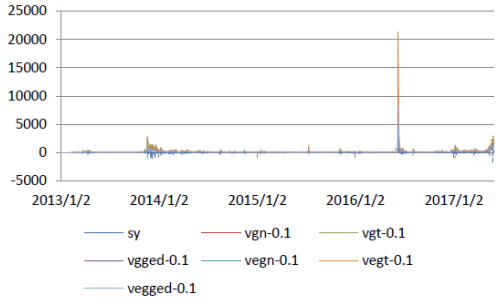
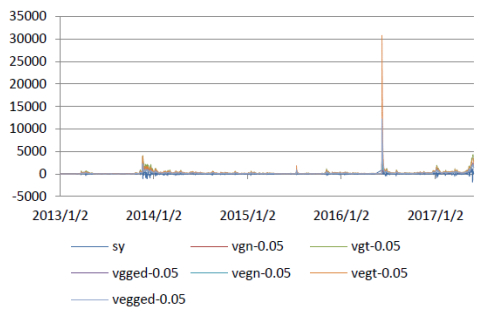
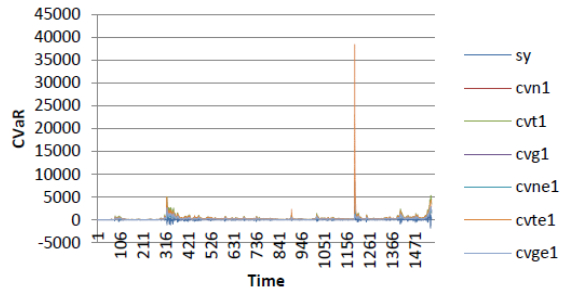
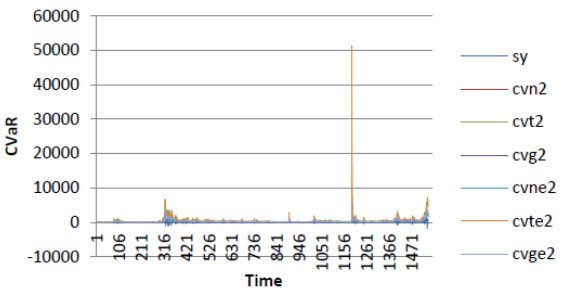
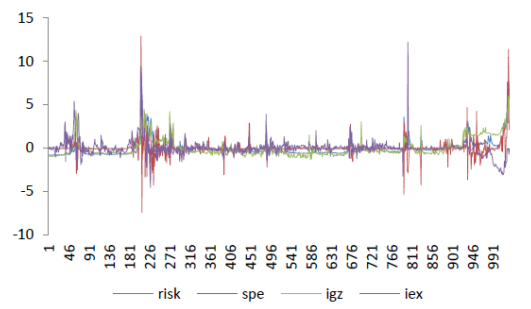
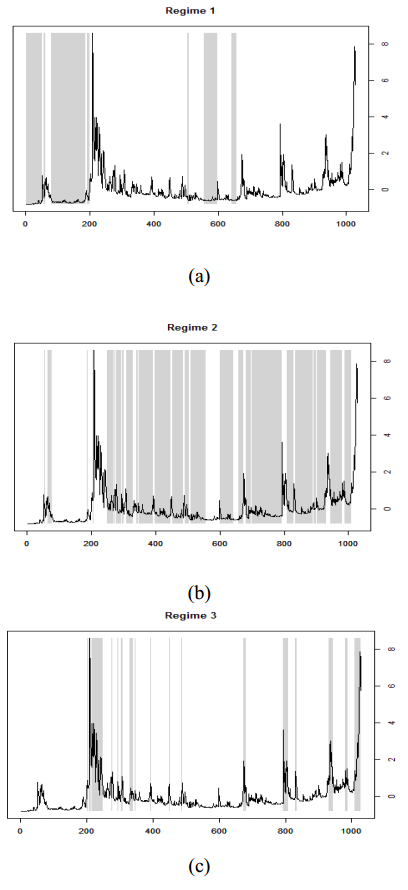


 DownLoad:
DownLoad: